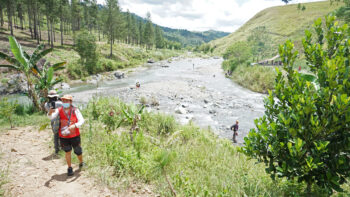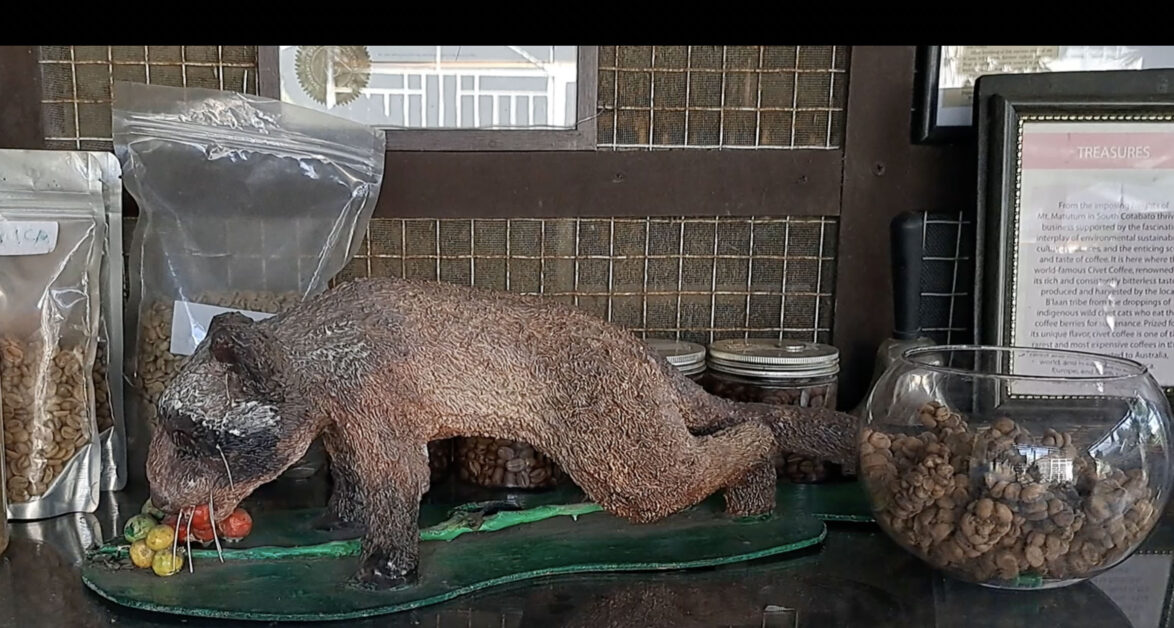
(Editor’s Note: This article was first published on April 18 by Mongabay, a U.S.-based non-profit conservation and environmental science news platform https://news.mongabay.com/2023/04/philippine-tribe-boosts-livelihoods-and-conservation-with-civet-poop-coffee/)
- Indigenous farmers in the southern Philippines have found the perfect balance between improving livelihoods and conserving the environment.
- The B’laan villagers collect and sell premium coffee beans pooped out by wild palm civets in the forests of Mount Matutum.
- Ensuring the civets can continue to roam the forests unharmed also ensures that they spread the seeds of coffee and other fruit trees far and wide, shoring up the local ecosystem.
- Their sustainable practice differs from commercial civet coffee operations elsewhere in Southeast Asia, which are associated with mistreatment of caged civets.
SOUTH COTABATO, Philippines (MindaNews / 21 April) — For about two decades now, members of the B’laan ethnic group have combed the forest-clad slopes of Mount Matutum from September to January, seeking out the beans pooped out by the cat-sized Philippine palm civet (Paradoxurus philippinensis).
While animal feces may be an unlikely source of joy, members of the tribal community say the more coffee beans they find excreted by the nocturnal mammal, the happier they are.
Living at the foot of Mt. Matutum, a protected landscape and the highest peak in the Philippines’ South Cotabato province, the B’laan natives produce wild civet coffee, a luxury brew that can fetch upward of $80 a cup in markets like the United States.
Civets, called balos by the tribespeople, are native to the forests here. With long bodies, short legs, pointed faces and long tails, they’re frequently compared to cats or weasels, but belong to a distinct family, the Viverridae. Known for eating the villagers’ poultry and plants, they were killed as pests or hunted for meat until the tribal community realized that civets are the proverbial goose that lays the golden eggs: an animal that, kept alive, provides ongoing benefits not just for their livelihood but also for their sacred forest.
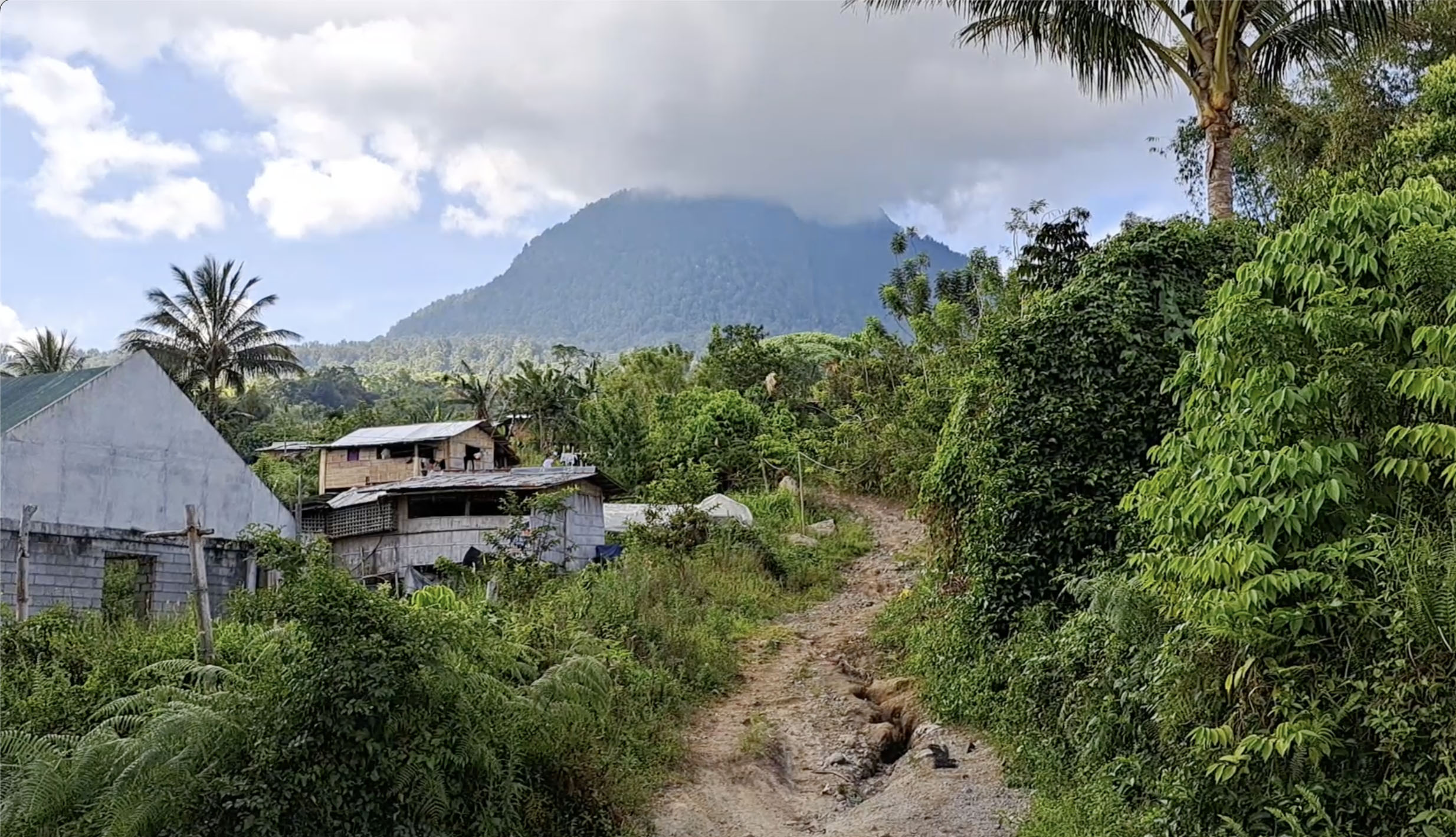
The local people, mostly from the Buan clan, now guard and protect the civets. For its significant contribution to the tribal community, the civet was last year adopted by the local government as its flagship animal species.
Elsewhere in Southeast Asia, civet coffee production has faced increasing scrutiny over animal welfare concerns, as rising demand and a burgeoning tourism trend has led to civets being captured, caged and force-fed coffee beans in order to harvest their droppings. In January, researchers from the University of Oxford’s Wildlife Conservation Research Unit and U.K.-based nonprofit World Animal Protection published a report on the conditions of wild-caught common palm civets (Paradoxurus hermaphroditus) at tourist-orientated coffee plantations in Bali, Indonesia. The animals, the researchers found, were treated cruelly, with the plantations failing to meet basic animal welfare requirements.
The people of Mt. Matutum, however, say their relationship with civets is very different.
In the civet coffee-producing hamlet known as Purok 8 in the village of Kinilis, a settlement of around 100 households separated from nearby Polomolok township by vast pineapple fields, there’s not a caged civet in sight.
“Civets are revered in our community for their life-changing contribution not only to the tribe but to the environment as well,” says Bal Buan, one of Purok 8’s community leaders.
Bal says anyone caught caging, hunting or trapping civets is sanctioned. First offenders face a fine equivalent to $100, with subsequent transgressions eventually punished by being cast out, a kind of death penalty for a tribe member.
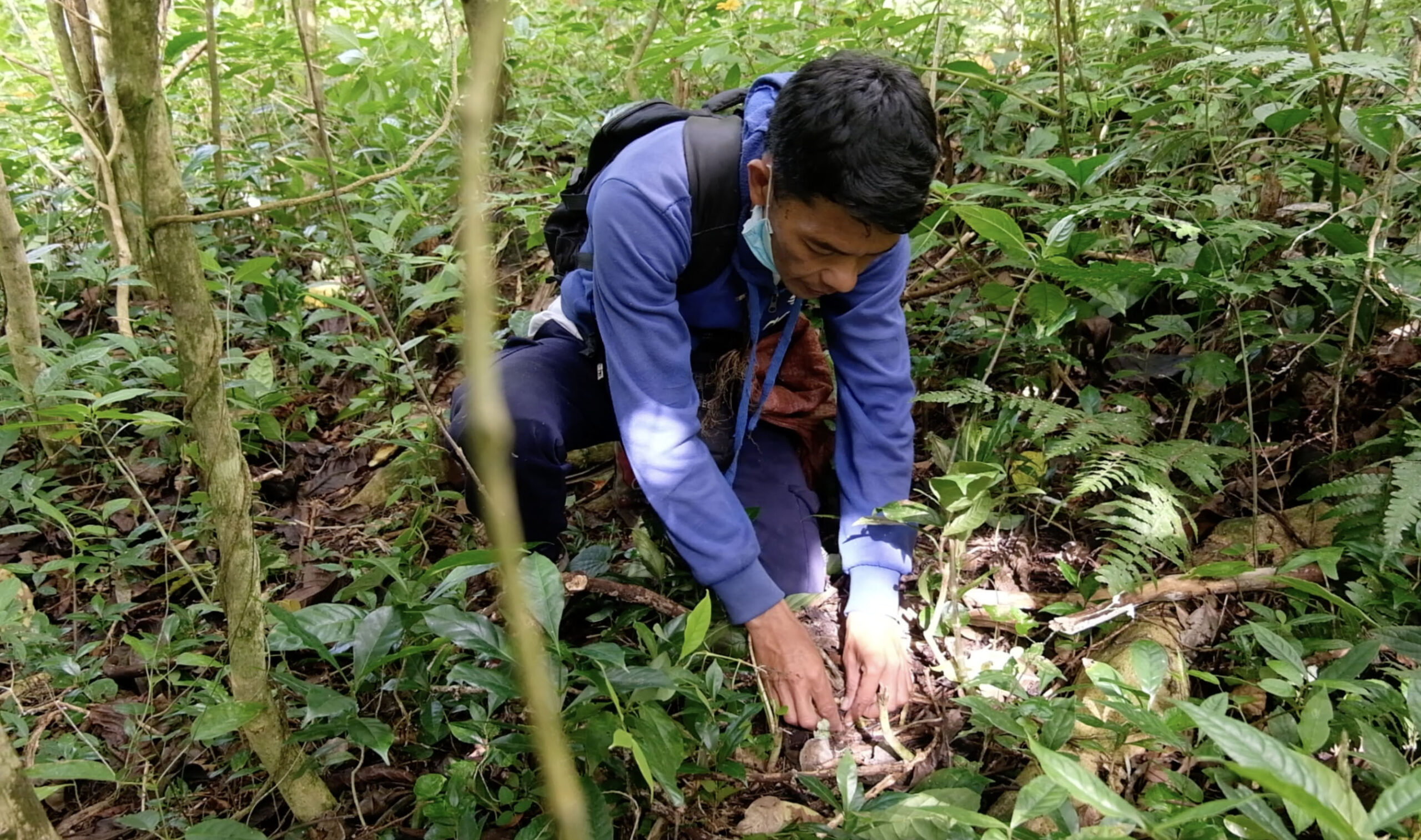
Wild and free
Like most households in the community, Bal owns a motorcycle, a tangible sign of the wealth reaped from the village’s gourmet coffee production.
Civet coffee, often known by its Indonesian name of kopi luwak, has a distinctive taste attributed to the animal’s instinctive (and literal) cherry-picking of the ripest, sweetest and finest beans during their nighttime feeding.
As the coffee beans pass through the animal’s digestive tract, a unique process starts to happen. The enzymes and acids inside the stomach affect the chemical structure of the beans, giving the coffee eventually produced its unique taste and aroma.
The civets usually excrete the coffee beans before they sleep during the day. At the crack of dawn, the villagers, especially during peak harvest season, scour the forest floor to find the prized pooped seeds.
On March 21, Bal went into the forest where coffee trees grow in between forest trees. Within an hour of walking, even before reaching the interior of the forest, he found a mound of civet coffee poop that he carefully picked and placed inside a sack.
If not found by villagers, the beans grow naturally, as do the seeds of other fruit eaten by the civets. Thus, Bal says, civets play an important role in regenerating both coffee plants and other trees in the forest.
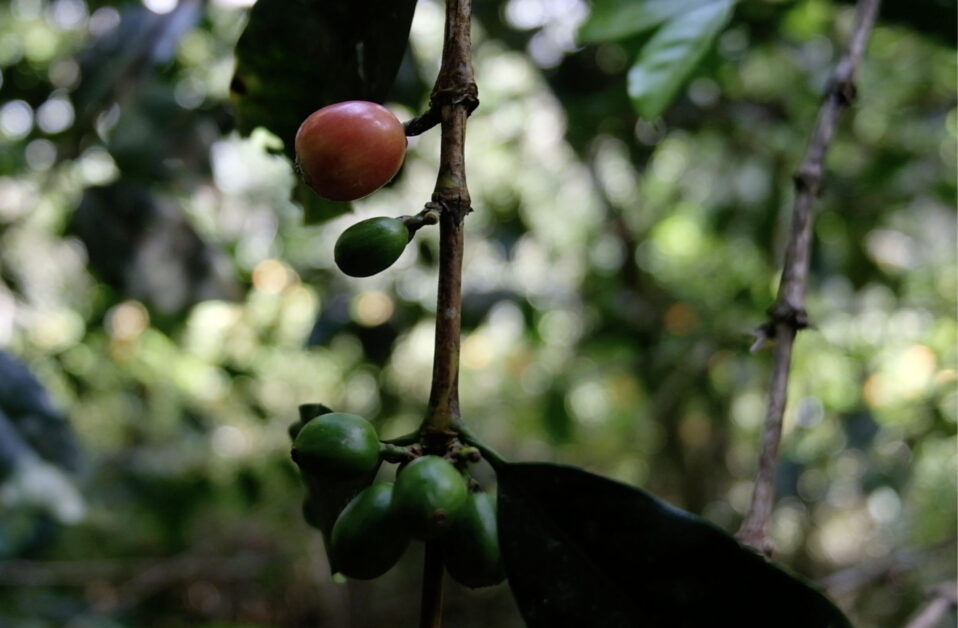
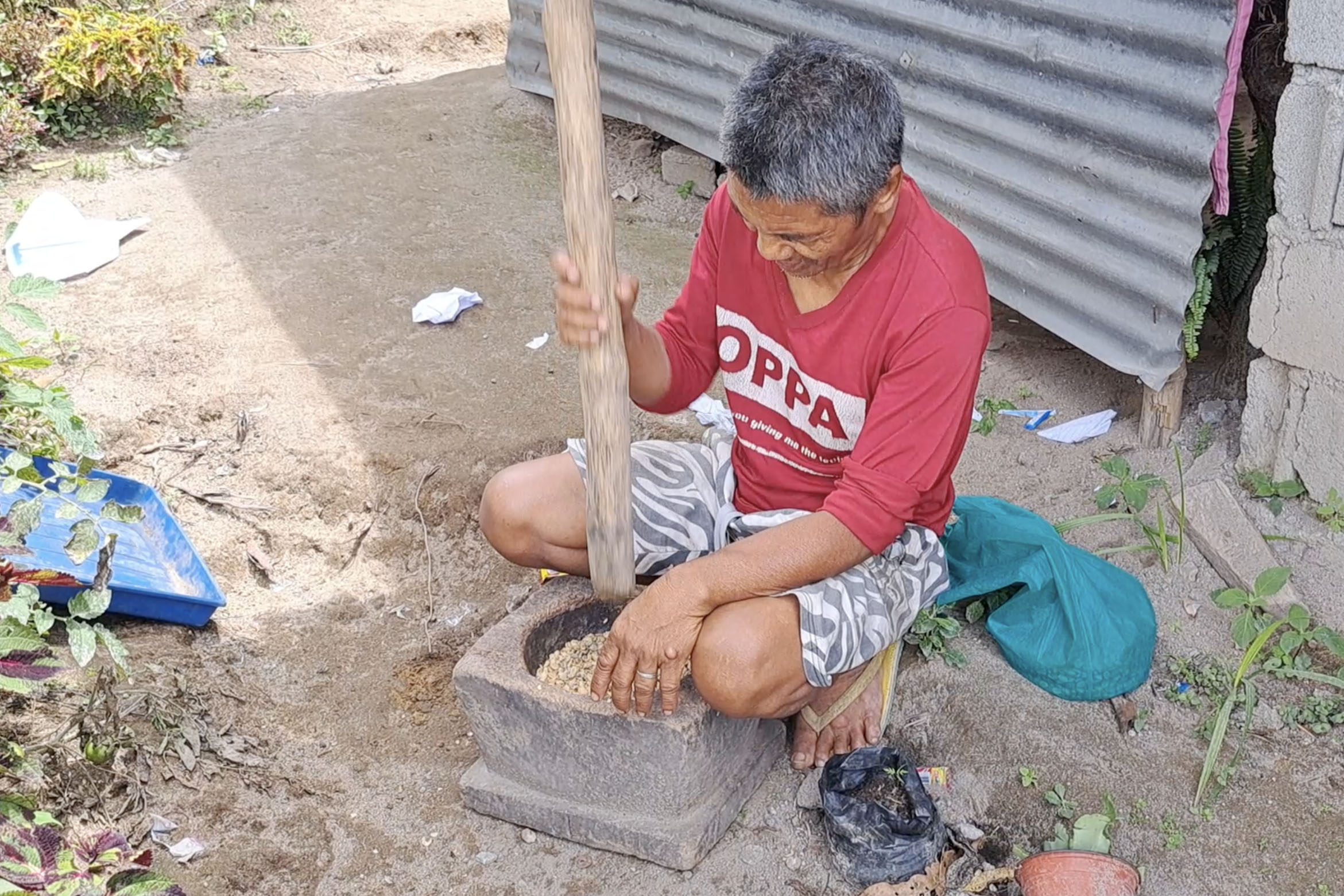
Most of the coffee cultivated on Mt. Matutum is the aromatic arabica variety, which grows well in shaded zones compared to the sunlight-thirsty robusta variety. Unlike corporate plantations in vast open fields, the coffee grown by locals is adapted to the forest ecosystem, where forest trees are left to thrive to help nurture the crop.
Julita Buan, chair of the group Matutum Coffee Producers, says that in the past two decades, they haven’t cleared any forest to expand their coffee plantations, even as production has increased.
“We utilized grasslands or those areas cleared by logging concessionaires in the 1960s for our coffee farms,” she tells Mongabay.
Rising to an elevation of 2,286 meters (7,500 feet), Mt. Matutum was declared a protected landscape in 1995, and today spans an area of 15,600 hectares (38,500 acres). At least 3,000 hectares (7,400 acres) of this is reportedly still primary forest. At least 81 bird species have been documented on Mt. Matutum, including rare endemic birds like the Mindanao lorikeet (Trichoglossus johnstoniae), Mindanao bleeding-heart dove (Gallicolumba criniger) and the Mindanao broadbill (Eurylaimus steerii). Researchers have identified 154 plant species on the mountain, which is a headwater for five major rivers.
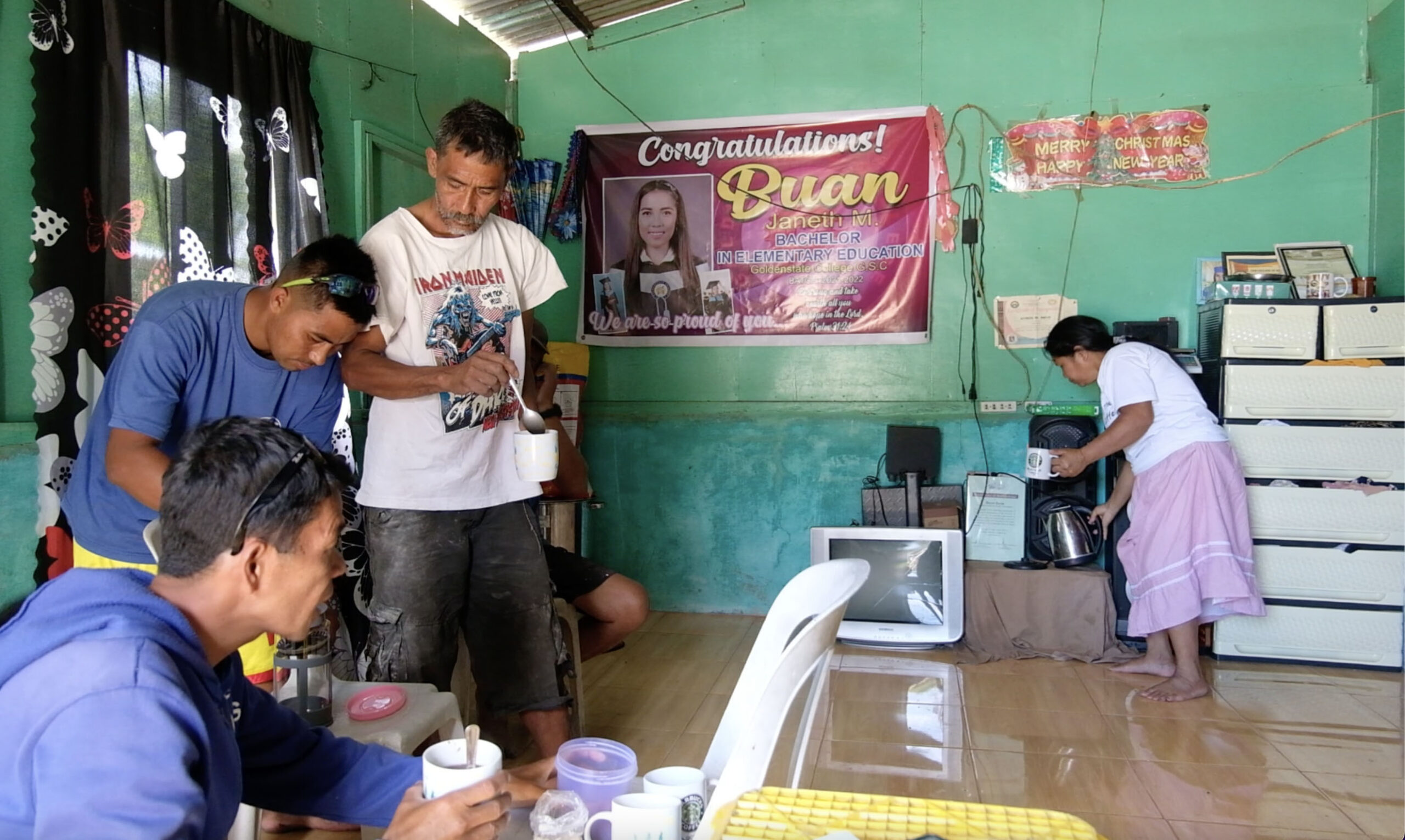
Julita says the civet conservation practiced by her community has helped not just the natural propagation of coffee and other forest trees, but also the general conservation of the forest ecosystem.
“The air guns of the villagers have been put to good rest because of our coffee venture,” she says, adding that children are taught from a young age to protect civets for their contribution to the community and the mountain’s biodiversity.
Julita says other species have also benefited from the shift away from hunting. While searching for civet coffee beans in the forest, she’s observed an increase in other species, such as wild pigs, deer, monkeys and birds.
On coffee farms maintained by individual families, only family members or authorized persons can gather the beans. But deep inside the forests, where coffee trees planted naturally by the civets don’t have any owners, everyone in the community is free to collect to their heart’s content. “It’s like we have a pot of gold,” Julita says.
While a group of B’laan forest rangers regularly patrols the vicinity of the coffee farms for biodiversity threats, other areas, far from the reach of the coffee-producing community, are threatened by illegal logging and slash-and-burn farming, known locally as kaingin, to clear lands for agriculture or for charcoal production.
Before the villagers benefited from gourmet civet coffee production, they, too, engaged in those illicit activities to earn money, Julita says.
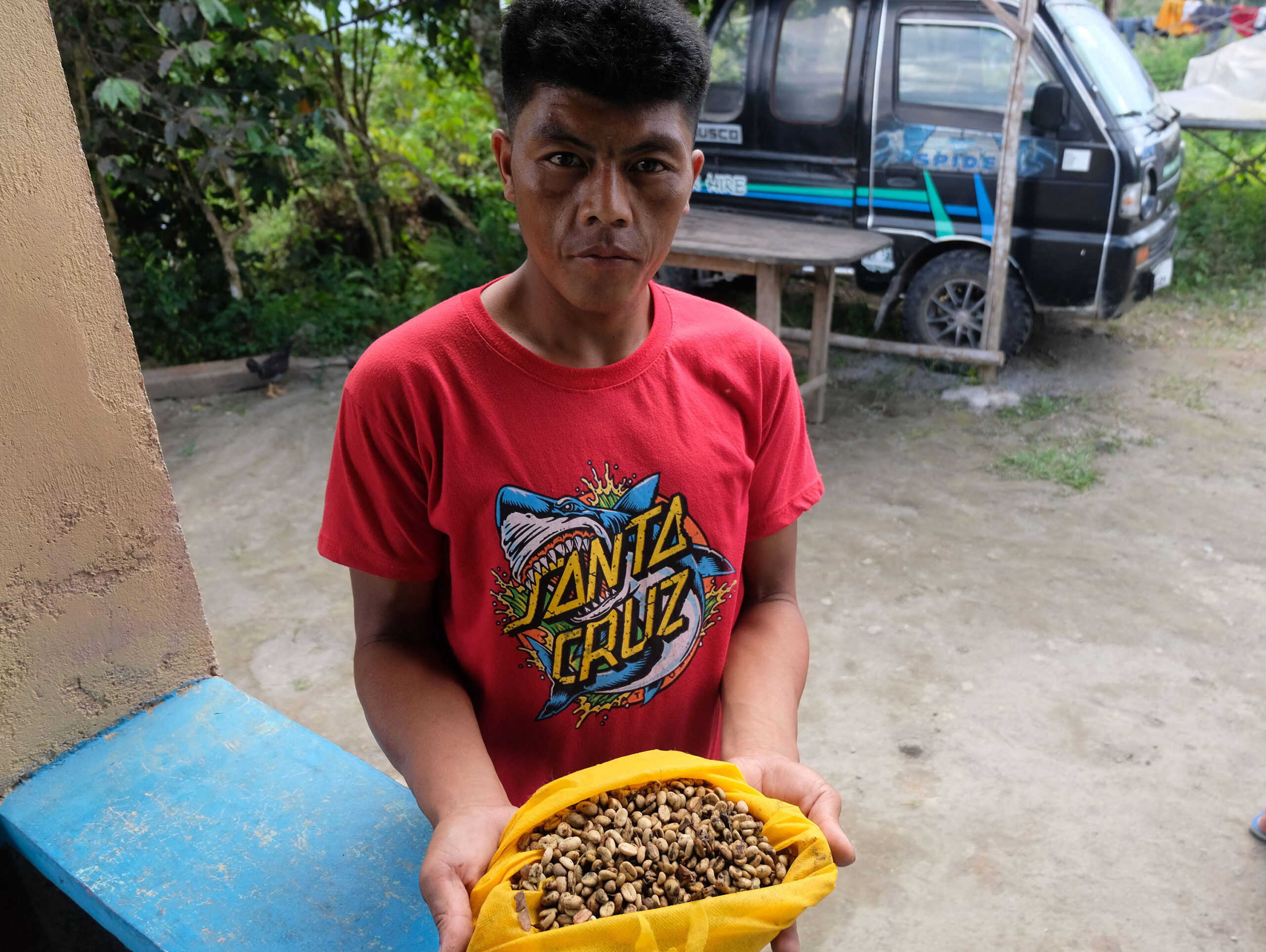
Bringing civet coffee to market
Fred Fredeluces, chief executive officer of Greentropics Coffee Enterprise, introduced the market for civet coffee to the villagers in the mid-2000s, and now buys both civet coffee and regular beans from the area.
A church pastor, Fredeluces, who once worked with a local NGO engaged in integrated conservation and development on Mt. Matutum, played an instrumental role in convincing villagers of the economic potential of coffee.
Fredeluces estimates that around 50 hectares (124 acres) of coffee farms already existed at the foot of the mountain in the 1980s. With the civet coffee market gaining ground in the 2000s, he appealed to local people to refrain from killing the civets as pests or for food.
To date, Fredeluces says, the coffee farms have expanded to around 500 hectares (1,240 acres), with 70% growing naturally from the beans passed by the civets. Fredeluces and the villagers say the civet population has also multiplied, though there’s no scientific data on its current population.
“The civets are making coffee planting easier for the villagers in the forests, making the former voracious planters while humans [are] merely doing 30% of the work,” Fredeluces says.
“Instead of the villagers hunting and killing the civets for its meat, which is rich in protein, they realized it’s better to gather civet poops, sell the coffee beans and then buy meat for their nourishment,” he says. “It’s less sweat than hunting.”
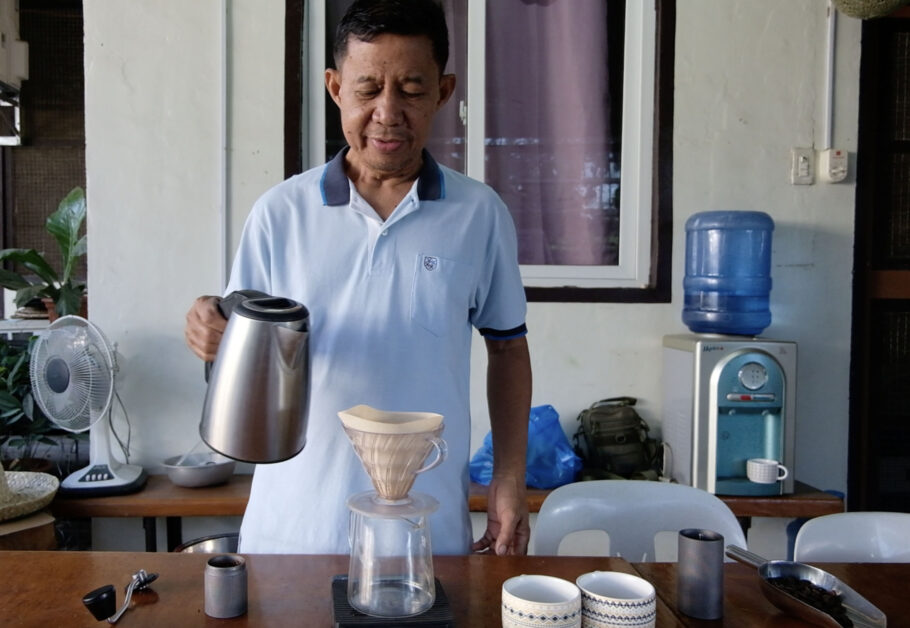
Today, Fredeluces, who operates a processing plant in General Santos City, about an hour away from the village by motorcycle, buys dried civet coffee beans at the equivalent of about $16 per kilogram (about $7.25 per pound). This is about triple the price of regular or human-picked beans. He says his company, one of several buyers for the village’s coffee, has annual sales of around 2.75 million pesos ($49,100), mostly from human-harvested coffee. Civet coffee, sold as roasted beans or as grounds, is marketed under the brand name Kafe Balos, mostly sold in the local market for the equivalent of $89 per kg ($40.50 per lb).
Little by little, the villagers managed to get out of deep poverty because of the expanding coffee industry. From traveling by horses, Fredeluces says, most villagers have been able to buy motorcycles, and families have built better houses and stocked them with home appliances such as televisions and karaoke sets.
When the villagers started civet coffee production in 2006, Julita and her family lived in a dilapidated hut. Seventeen years later, the family is living in a much larger house, its lower portion built of concrete and upper portion of light materials.
“Our lives have really become better because of the civet coffee. Most households in the village can send their children to school and buy basic household needs more easily than before,” she says.
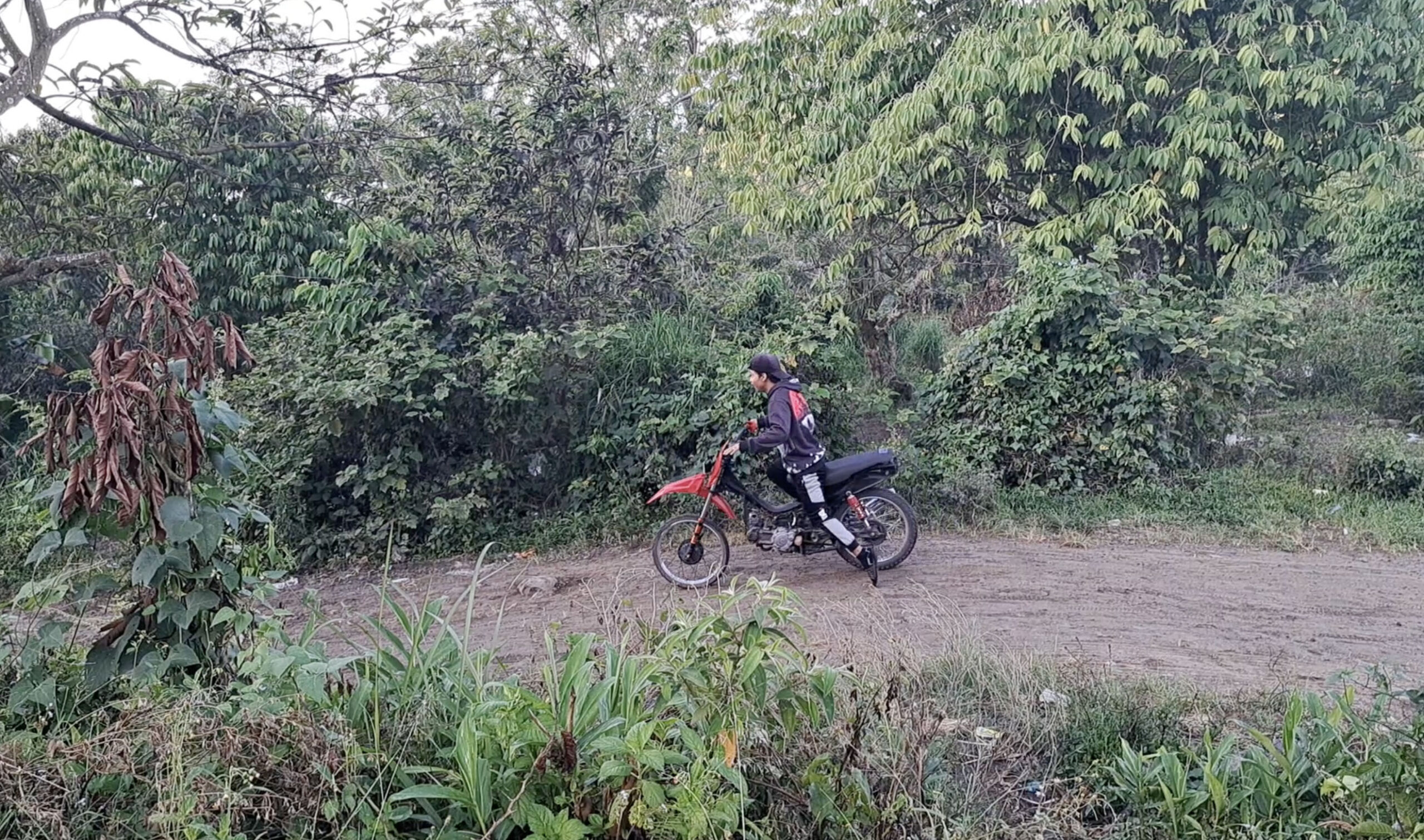
Filipino biologist Kier Mitchel Pitogo, who is pursuing a doctorate in ecology and evolutionary biology at the University of Kansas in the U.S., says the B’laan’s use of wild-sourced civet coffee is a good example of a sustainable approach to livelihood. The model is effective for wildlife conservation because local communities feel firsthand the benefits of protecting civets. This, he says, is particularly important in a protected area where some traditional forms of livelihood, like slash-and-burn agriculture, are restricted.
Civets are also beneficial to the forest as a whole, Pitogo says. “It is well-established that civets are among the top seed dispersers of large-seeded plants in degraded forests because they have larger home ranges and can tolerate disturbances, allowing them to persist in human-modified areas compared to other large forest frugivores such as hornbills,” he tells Mongabay by email.
However, there’s no scientific data yet that provides estimates on the extent to which the forests of Mt. Matutum could be naturally regenerated by civets.
“Although they are important long-distance dispersers of large seeds in forest ecosystems, it is crucial to understand that civets are just one of the many frugivorous wildlife that helps restore and recover forests over time,” Pitogo says.
He calls for more research on civet biology and ecology on Mt. Matutum, saying it’s an important step to arrive at an informed decision on how to sustainably produce civet coffee while also protecting the species and their habitats.
Citations:
Carder, G., Proctor, H., Schmidt-Burbach, J., & D’Cruze, N. (2016). The animal welfare implications of civet coffee tourism in Bali. Animal Welfare, 25(2), 199-205. doi:10.7120/09627286.25.2.199
Nuñeza, O. M., Non, M. L. P., Oconer, E. P., & Makiputin, R. C. (2017). Avian diversity in Mt. Matutum Protected Landscape, Philippines. Asian Journal of Conservation Biology, 8(1), 58-71. Retrieved from http://www.ajcb.in/journals/full_papers_july_2019/AJCB-Vol8-No1-Nuneza%20et%20al.pdf
Obemio, C. D. G., Tumamac, M. C., Gubalane, R. B., Labrador, C. M. F., Remollo, L. L., Roxas, P. G., … Oconer, E. P. (2016). Composition and diversity of floral understory in Mount Matutum Protected Landscape (MMPL), South Cotabato, Philippines. Advances in Environmental Sciences, 8(2), 165-172. Retrieved from http://www.aes.bioflux.com.ro/docs/2016.165-172.pdf

